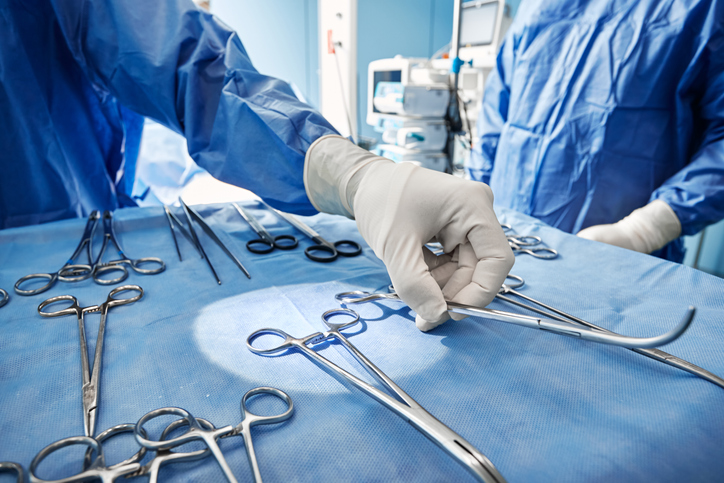While human-centered design has a place in nearly every industry, nowhere is it more critical than in a healthcare setting. In medical devices, human-centered design puts patient safety at the forefront; but it also enhances user satisfaction and improves accessibility and adaptability that can help healthcare providers meet challenges in new ways. In order to achieve this, human-centered design must be interwoven throughout every aspect of medical device design and production, including medical equipment metal parts fabrication.
Metal manufacturers that produce components for medical devices have an important role to play. Not only does human-centered design require experience in the medical industry, but it also calls for a high level of manufacturing expertise. With the right combination of knowledge and capabilities, medical equipment metal parts fabrication can have a major impact on human-centric design.
The Importance of Human-Centric Design
Human-centered design can be defined as a creative and holistic approach to medical device development. It requires an understanding of people and their needs so that devices can be better designed to meet those needs.
When it comes to medical equipment metal parts fabrication, there are a number of guiding principles that manufacturers can keep in mind when crafting parts for use in medical applications. A few of these include taking a user-centered approach, understanding how the device will be used in the real-world, usability testing, and ensuring that the device is accessible to a wide range of users.
As a result, metal manufacturers can help ensure that medical devices are safe, effective, user-friendly, and well-suited to the high demands placed on medical devices and equipment.
The Role of Medical Equipment Metal Parts Fabrication in Healthcare
In the wider context of the medical industry, medical equipment metal parts fabrication extends beyond devices. Metal parts are also critical in applications like implants, prosthetics, surgical equipment, diagnostic equipment, and laboratory equipment.
In each of these applications, precision, safety, and performance reliability are absolutely essential. They also provide additional opportunities for the benefits of human-centered design to enhance the end-user product, provided that the metal manufacturer has the skills to overcome some of the inherent challenges.
For instance, manufacturers must choose materials that are biocompatible and well-suited for the specific application. They also need to understand how to meet extremely tight tolerances, navigate complex part geometries, and meet the high quality and safety standards of the medical industry.
Where Human-Centered Design and Medical Equipment Metal Parts Fabrication Intersect
When it comes to design thinking in the healthcare industry, patients come first. For metal manufacturers who produce parts for medical devices and equipment, this means taking an iterative and flexible approach to part design. Seeking feedback from various stakeholders, including patients, healthcare providers, and engineers can help manufacturers refine designs based on real-world needs and constraints.
Closely connected to this is the concept of user-centered research and testing. This is where prototyping can make a positive impact, as functioning prototypes allows manufacturers and engineers to gather data and feedback from users. This feedback can then be used to identify issues with ergonomics, ease of use, and safety.
No matter a manufacturer’s approach to user-centered design, implementing it during product development and production should always involve collaboration and multidisciplinary teams. In metal manufacturing, this will likely include engineers, clinicians, designers, and patients. Incorporating this level of involvement from multiple groups helps manufacturers ensure that not only are the technical requirements being met, but that metal parts are being manufactured with the human factor in mind.
The Impact of Human-Centered Design in Metal Manufacturing
By prioritizing human-centered design in medical equipment metal parts fabrication, manufacturers can help drive innovation in the medical industry. Human-centered design empowers healthcare providers to continue delivering patient-centric care that takes into account real-world problems and solutions.
Creative-problem solving throughout the design process can also lead to novel solutions, that in turn lead to new technologies, devices, and services that better address patient and provider needs.
Human-Centered Medical Metal Parts Fabrication at Advantage Metal
At Advantage Metal Products, we’ve been a trusted manufacturer of metal parts for the medical industry for more than 30 years. Our U.S.-based facilities are equipped with the latest in advanced technologies, enabling us to provide a wide range of services including machining, sheet metal fabrication, engineer support, assembly, and project management.
To partner with a metal manufacturer that prioritizes collaboration and continuous improvement in all that we do, connect with our team of experts today.

